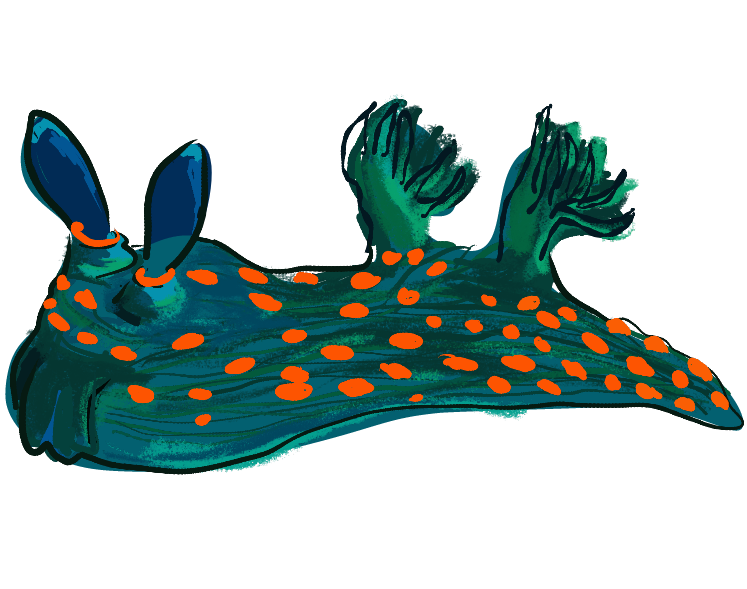Our Rewilding Projects
Discover our on-the-ground teams, protected areas and partner projects across the globe
Creating a wilder planet by restoring neglected ecosystems and species through a holistic approach and by encouraging innovation.

Explore the full scope of our work that spans a wide diversity of concrete actions carefully designed to make our planet wilder and more biodiverse.
EXPLORE BY YOUR
PREFERENCES


Our team of biologists research, implement, and monitor each project following our own rewilding protocol to maximise impact

Our processes are designed to deliver the most impact possible with our members' support
Read More

Encouraging innovative ideas to unlock cost-effective solutions in restoration ecology
Read More

Using and generating evidence to support our decision-making every step of the way
Read More
We look at the world, with its depressing biodiversity trends and widespread ecological degradation, as a sea of opportunities...


Not only the charismatic species or the most appealing of landscapes deserve our attention. We feel there's intrinsic value...

